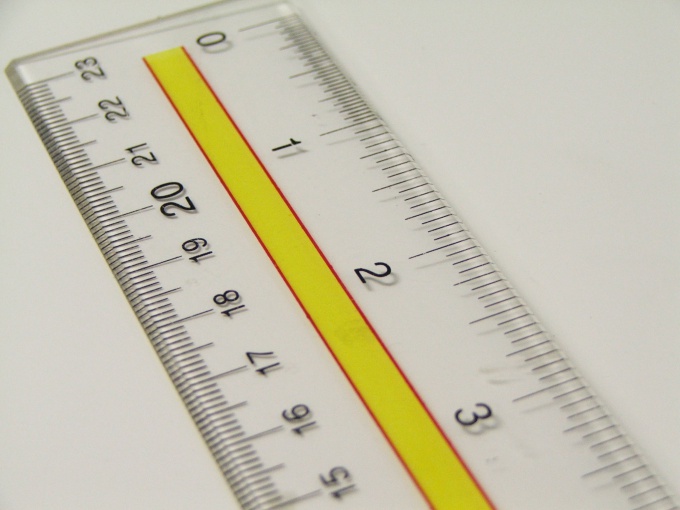Instruction
1
Let the bisector of AE is drawn to the base BC of isosceles triangle ABC. Triangle AEB will be rectangular, since the angle bisector AE will be its height. Side AB is the hypotenuse of this triangle, and BE and AE for his legs.By the Pythagorean theorem AB^2) = (YZ^2)+(AE^2). Then (BE^2) = sqrt (AB^2)-(AE^2)). Since AE and median of the triangle ABC, BE = BC/2. Therefore, (BE^2) = sqrt (AB^2)-((BC^2)/4)).If you specify the base angle ABC, then from rectangular triangle the angle bisector AE equal AE = AB/sin(ABC). Angle BAE = BAC/2, since AE is the bisector. Hence, AE = AB/cos(BAC/2).
2
Suppose now that the height of BK is conducted to the side AC. This height is neither a median nor a bisector of the triangle. To calculate its length there is a formula Stewart.The perimeter of a triangle is the sum of the lengths of all its sides is P = AB+BC+AC. And properiter equal to half the sum of the lengths of all its sides: P = (AB+BC+AC)/2 = (a+b+c)/2 where BC = a, AC = b, AB = c.Stuart the formula for the length of the bisector drawn to the side c (i.e., AB), will be of the form: l = sqrt(4abp(p-c))/(a+b).
3
From the formula of Stuart can be seen that the angle bisector drawn to the side b (AC), will have the same length as b = c.
